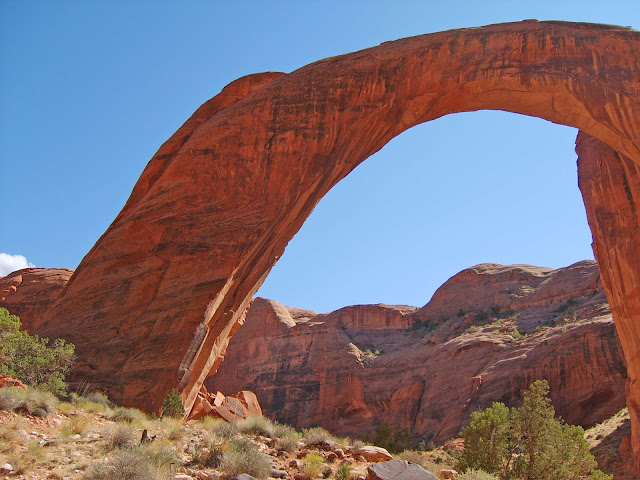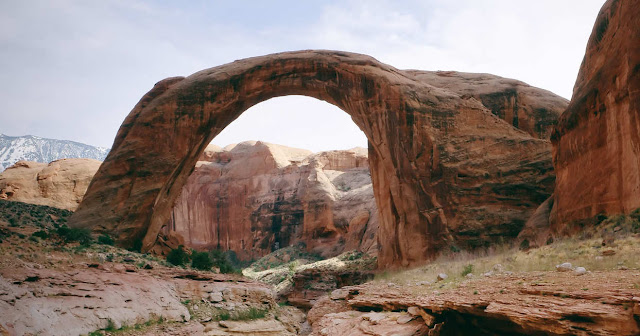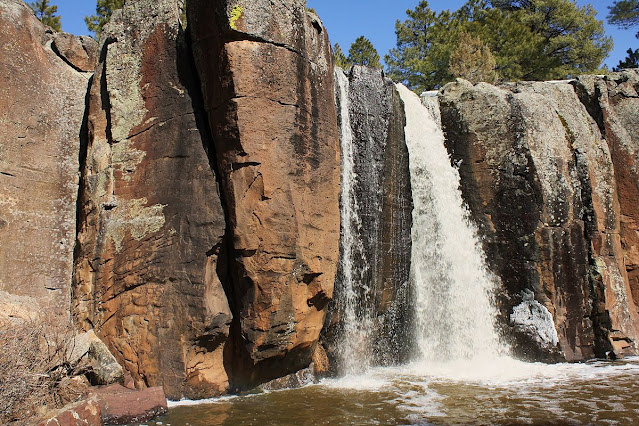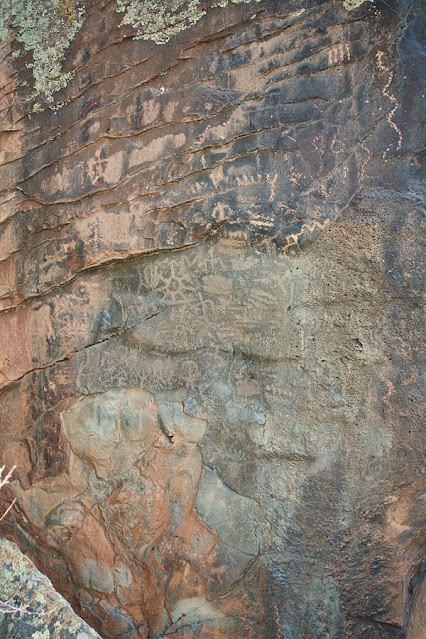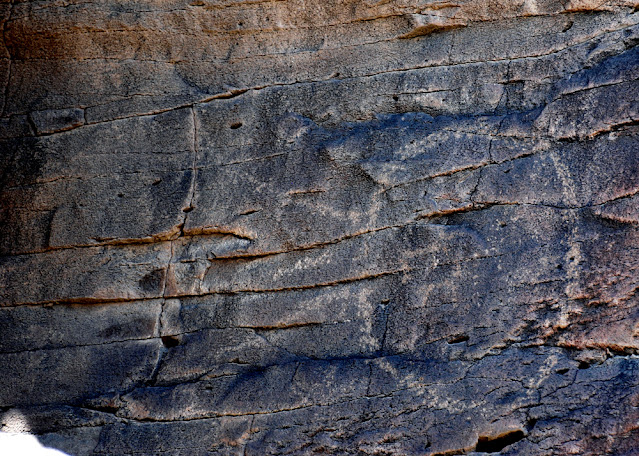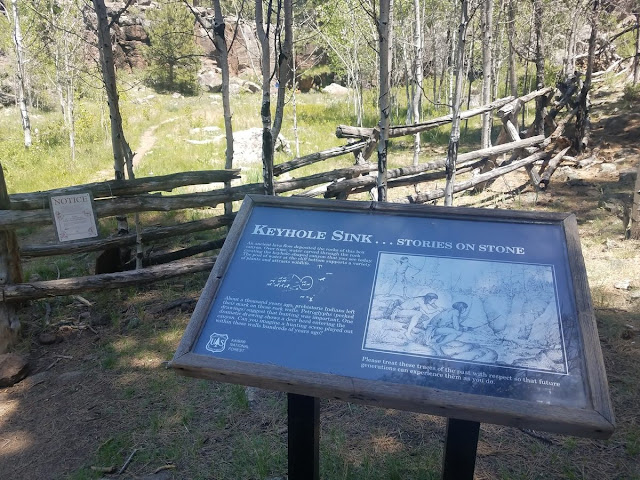A Natural large Aloba Arch
is located in the complex mountainous Ennedi Plateau of Chad. Large natural
arches are somewhat rare outside the southern and western regions of China and
the Colorado Plateau of the southwest United States. This natural wonder is
built by water and wind over millions of years ago. Aloba Arch is located
within the remote corner of Sahara Desert in the northeast part of Chad near
Libya and Sudan.
This has similar geology to
the Colorado Plateau and has produced a number of natural arches and related
landforms. However, Only Aloba can claim to be on the top ten lists of the
longest arches in the world. Its altitude reaches approximately 120 meters,
making it one of the highest arch in the world. Central Africa, natural
Aloba Arch is one of the most famous and least visited natural monuments on the
planet earth. Some preliminary data showing, that sandy Aloba Arch was formed
millions of years ago under the extreme influence of water, wind, and
erosion.
Moreover, Aloba Arch's span
is considered to be the eighth longest known natural arch and the longest
outside of Utah and China. Due in part to its location as well as being only in
recent times recognized for its size, estimates based on taking pictures yield
an estimated span of 250 ft. China’s Fairy Bridge (Xianren Bridge) has a span of 400 ft which is the longest discovered and measured span to date.
Possibly more outstanding
than the span, though, it is the sheer height of the arch. Aloba Arch is 394 ft
tall towers over the more famous Rainbow Bridge and is one of the tallest known
arches in the world. Many tourists hesitate to manage long journey through the
boundless African expanses. The nearest city to this landmark is Fad. Due to
remoteness, this stunning geological object hasn’t gone through in a proper
way, and its age, feature, and formation are not cleared.
Therefore, it is not surprising only a few daredevil tourists visit the Aloba Arch, part of the mountain range that does not detract from its geological and visual merits. The Aloba Arch is extremely difficult to place to reach there, as Chad’s don’t have international tourism facilities that are virtually non-existent. Hence, this place is one of the rarest bucket list and most pristine natural places in the world.
Product You May Interested
- Feel Emotional Freedom! Release Stress, Heal Your Heart, Master Your Mind
- 28 Day Keto Challenge
- Get Your Customs Keto Diet Plan
- A fascinating approach to wipe out anxiety disorders and cure in just weeks, to become Anxiety free, relaxed, and happy.
- Flavor Pairing Ritual Supercharges Women’s Metabolisms
- The best Keto Diet Program
- Boost Your Energy, Immune System, Sexual Function, Strength & Athletic Performance
- Find Luxury & Designer Goods, Handbags & Clothes at or Below Wholesale
- Unlock your Hip Flexors, Gives you More Strength, Better Health, and All-Day Energy.
- Cat Spraying No More – How to Stop Your Cat from Peeing Outside the Litter Box – Permanently.
- Anti-aging nutritional unexplained weight gain, stubborn belly fat, and metabolic slowdown. Reach Your Desired Weight in a Week and Stay There.
- Get All Your Healthy Superfoods In One Drink.









